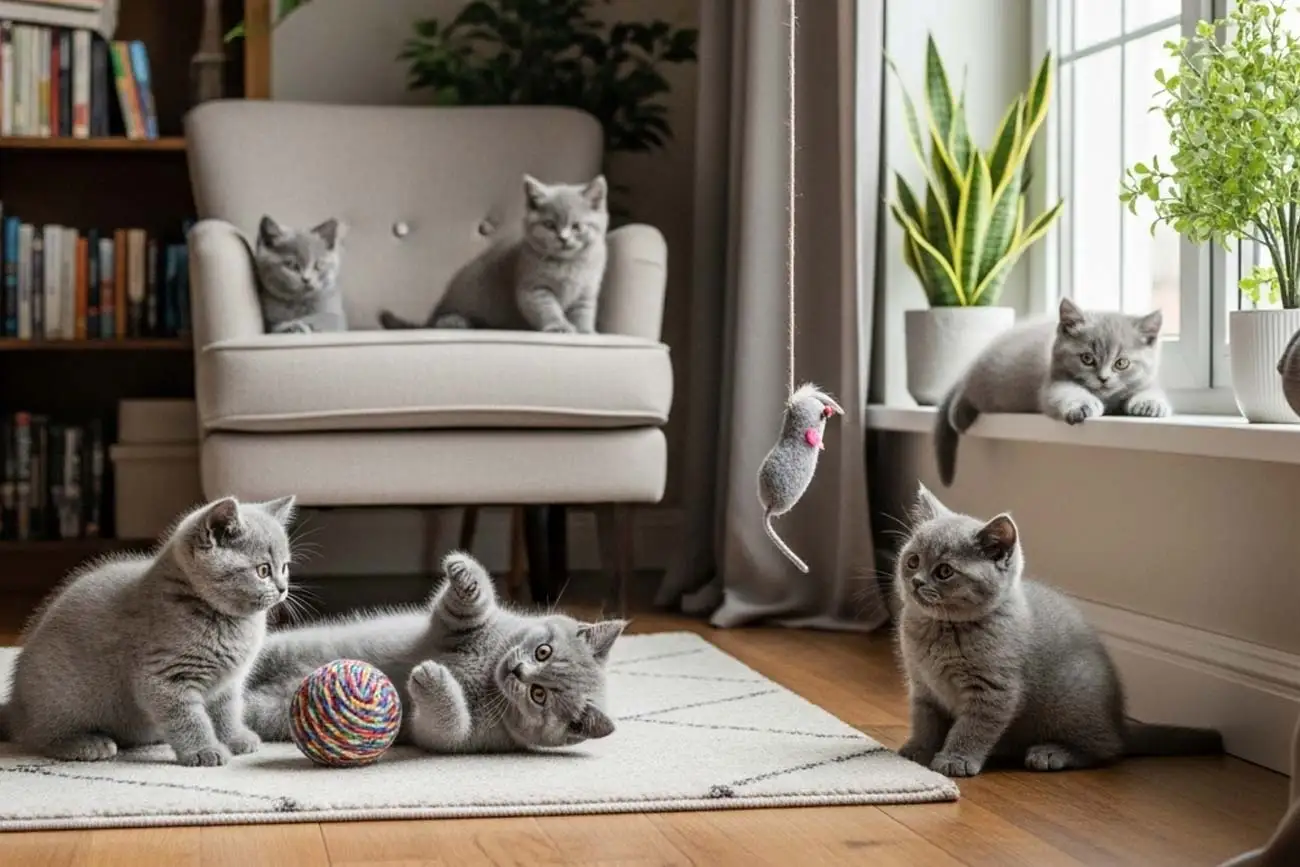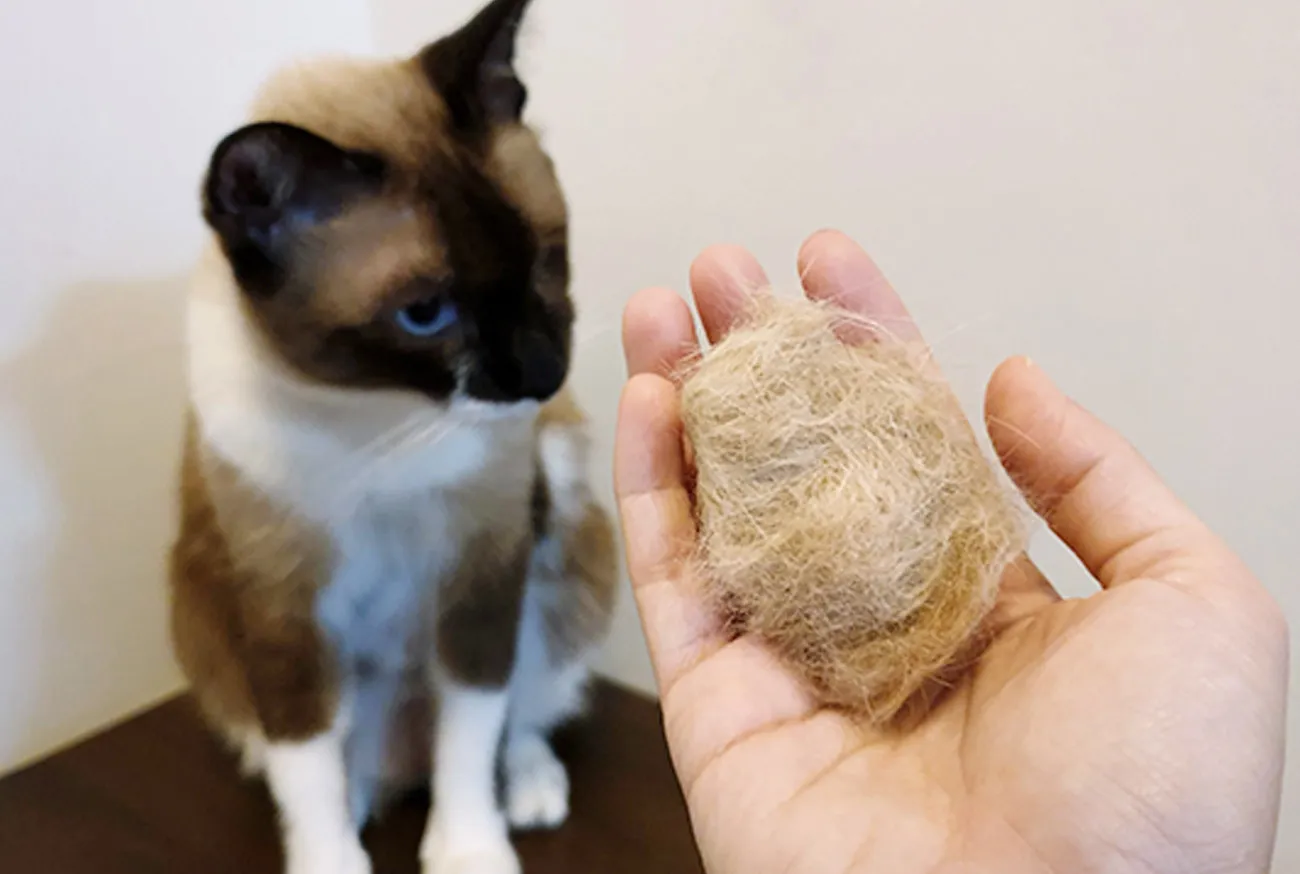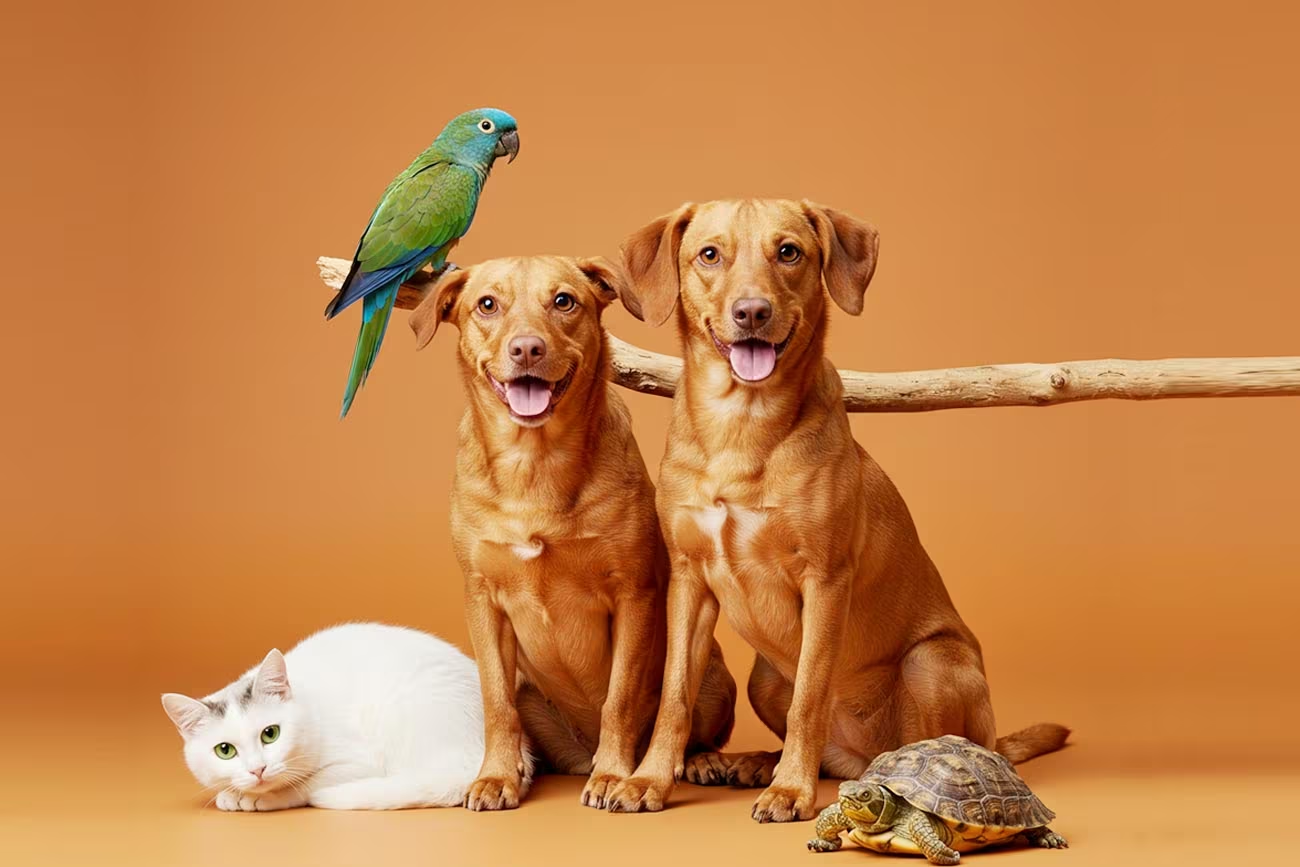What is the British Shorthair?
The British Shorthair is a medium to large-sized cat breed, recognized for its compact and muscular body, robust chest, and sturdy paws. Its short, dense, and velvety coat sets it apart from many other breeds, besides being incredibly pleasant to the touch.
Another striking characteristic is its rounded head and large eyes, usually golden or amber, which convey a calm and penetrating expression. These details have led the cat to be associated with the image of an almost aristocratic feline.
Despite its popularity as a domestic cat, the British Shorthair retains hunter instincts that recall its origin linked to survival and the protection of supplies. This makes it not only a docile companion but also an example of how felines have evolved alongside humans.
Types of British Shorthair in the world and in Brazil
Although the name refers to a single breed, there are various color and pattern variations recognized by international feline associations.
Among the most well-known, the following stand out:
- British Blue (Blue British Shorthair): the most famous, with a uniform gray-blue coat.
- Pure White: elegant, with blue, amber, or even heterochromatic eyes.
- Solid Black: mysterious, striking, and full of presence.
- Tabby (striped): reminiscent of wild felines, with well-defined stripes or spots.
- Bicolor: usually combining white with blue, black, or cream.
- Colorpoint: similar to Siamese, with darker extremities.
- Cream and Lilac: rare colors that enchant with their softness.
In Brazil, the most popular variation is the British Blue, precisely because it carries the classic image of the British Shorthair. Certified breeders already work with other shades, but on a smaller scale.
This diversity shows that, although domesticated, the cat maintains an aesthetic connection with wild felines, reinforcing its majesty.
Surprising curiosities about the British Shorthair
- The Cheshire Cat from Alice in Wonderland is said to have been inspired by the British Shorthair.
- Its coat is considered one of the densest in the feline world, being almost waterproof.
- Despite its robust appearance, it is known as a cat with a calm and balanced temperament.
- It can live up to 18 years or more when given proper care.
- Unlike other breeds, it is not usually vocal; it prefers to express itself through gestures and looks.
Why is it so special?
The British Shorthair is special because it manages to balance characteristics of an independent feline with the docility of a cat that is close to humans. This means that it does not demand constant attention, but values contact in a moderate way.
Its physical majesty makes it imposing like wild felines, while its tranquil personality makes it respected even by those who do not live with cats daily.
Furthermore, its long cultural history makes it a true British symbol, appearing in literary works, films, and even as inspiration for mascots.

Can it be bred in captivity?
The term "captivity" needs to be understood carefully. The British Shorthair, as a domestic breed, can be raised in human homes responsibly, provided it receives environmental enrichment, quality food, and veterinary care.
However, it is essential to remember that felines, even domesticated, retain wild instincts. Therefore, the environment must respect their needs: scratching, hunting toys, exploring spaces, and having moments of solitude.
In Brazil, its breeding is permitted, but it should only be done by serious and regulated breeders, avoiding any association with animal trafficking or irresponsible exploitation.
The importance of the British Shorthair
The British Shorthair is not just a beautiful cat; it is an example of how coexistence between humans and animals can be built with balance. Its historical trajectory demonstrates that domestication can create affectionate bonds, but also requires responsibility and environmental awareness.
Moreover, its image helps to highlight the importance of native wild felines that face serious risks, such as the ocelot and the margay, reminding us that preservation must be a priority.
Conservation challenges and how to help
Although the British Shorthair is not at risk, its popularity leads us to reflect on the impact of irresponsible breeding. Unregulated sales of kittens, uncontrolled crossbreeding, and even abandonment are real problems that affect cats in general.
You can help in several ways:
- Adopting responsibly or only acquiring from certified breeders.
- Avoiding supporting the illegal trade of animals.
- Spreading correct information about breeds and care.
- Supporting animal protection NGOs, which work to rescue domestic and wild felines.
- Educating new generations about the importance of preserving biodiversity.

Tips for those who love cats and nature
If you were enchanted by the British Shorthair, here are some practical tips:
- Research before acquiring: understand the breed's physical and emotional needs.
- Provide a safe environment: cats need places to climb, scratch, and observe.
- Do not neglect health care: vaccines, periodic check-ups, and balanced diet are essential.
- Respect their limits: the British Shorthair is independent and may not like constant lap time.
- Support animal protection: besides taking care of your cat, help conserve Brazilian wild felines.
In summary
The British Shorthair is much more than an English short-haired cat. It represents a historical lineage, a unique beauty, and a rare balance between independence and affection. Its trajectory shows us how humans and felines can share homes, stories, and even cultures, without forgetting the wild essence.
While admiring the British Shorthair, we should also remember all the felines that live free in nature and need our help to survive. Harmonious coexistence is only possible when there is respect and responsibility.
If this content inspired you, share it on social media, leave your comment, and continue exploring the articles on Adore Pets. Every act of awareness helps strengthen the animal cause and protect felines, whether domestic or wild.

















Add comment